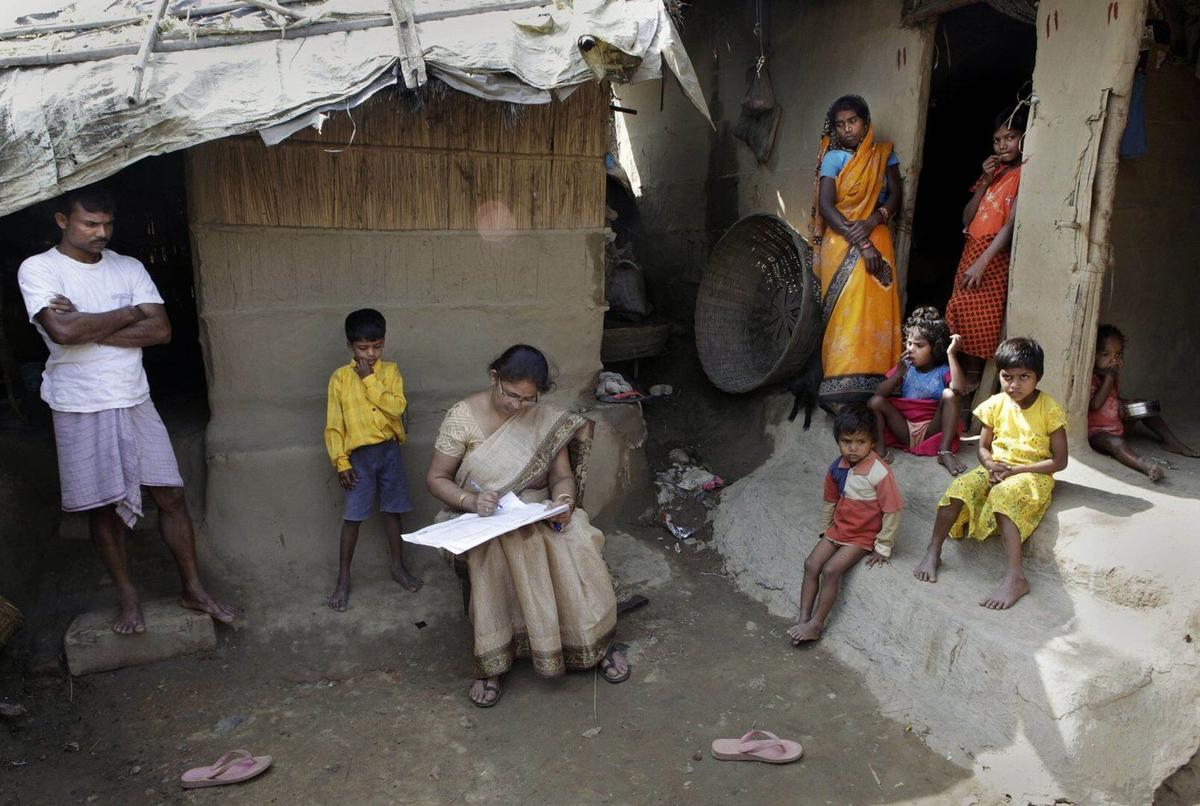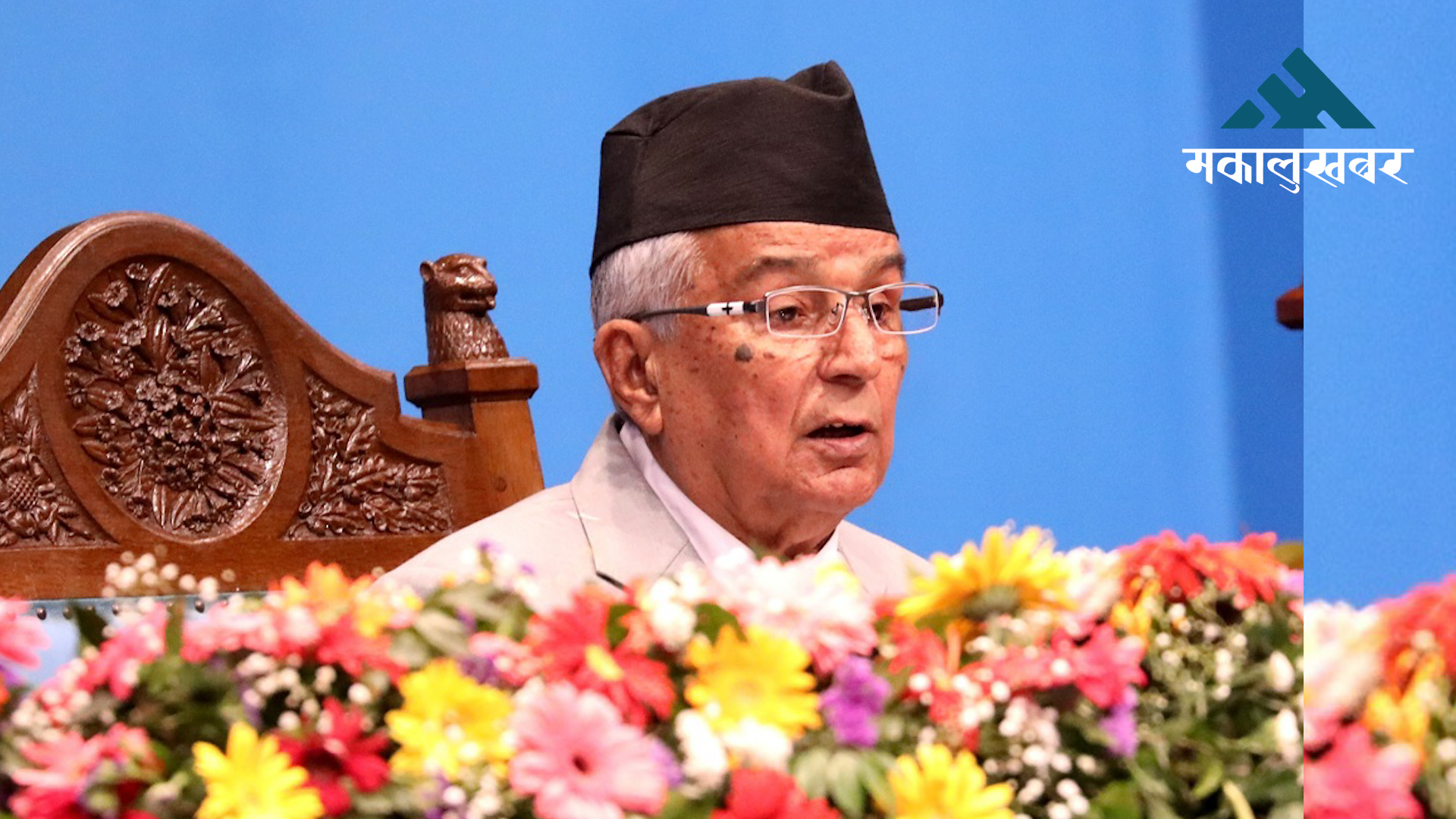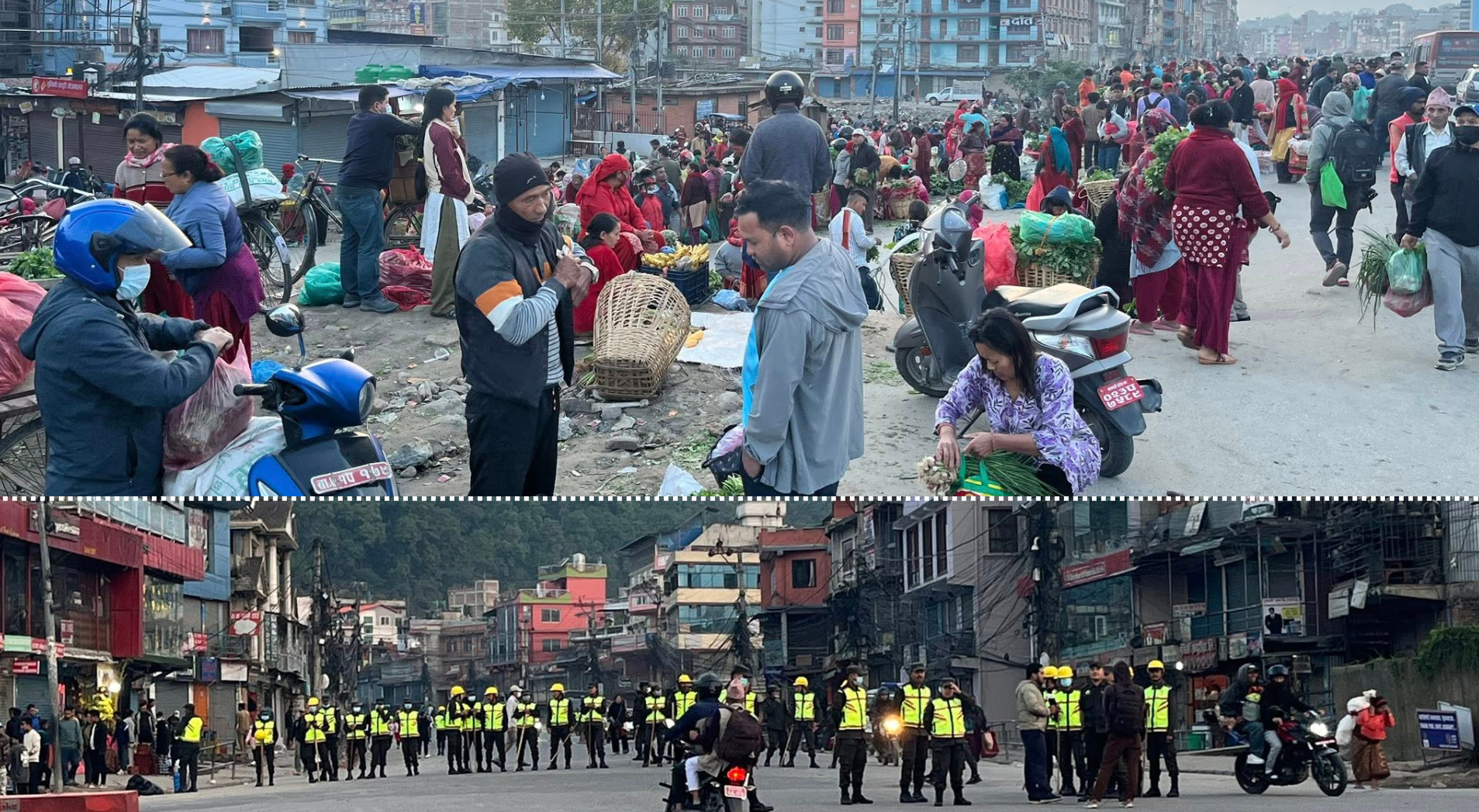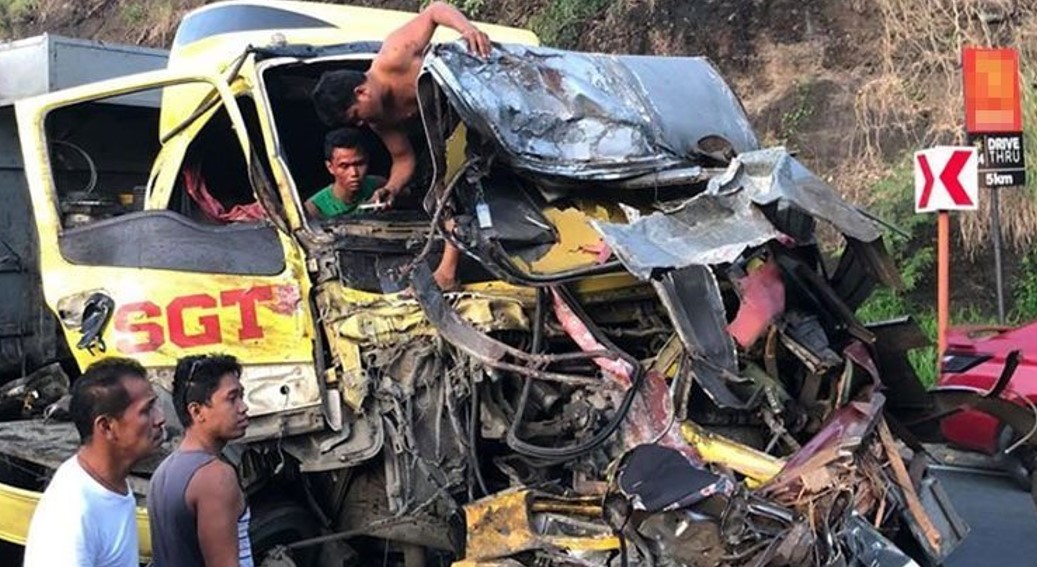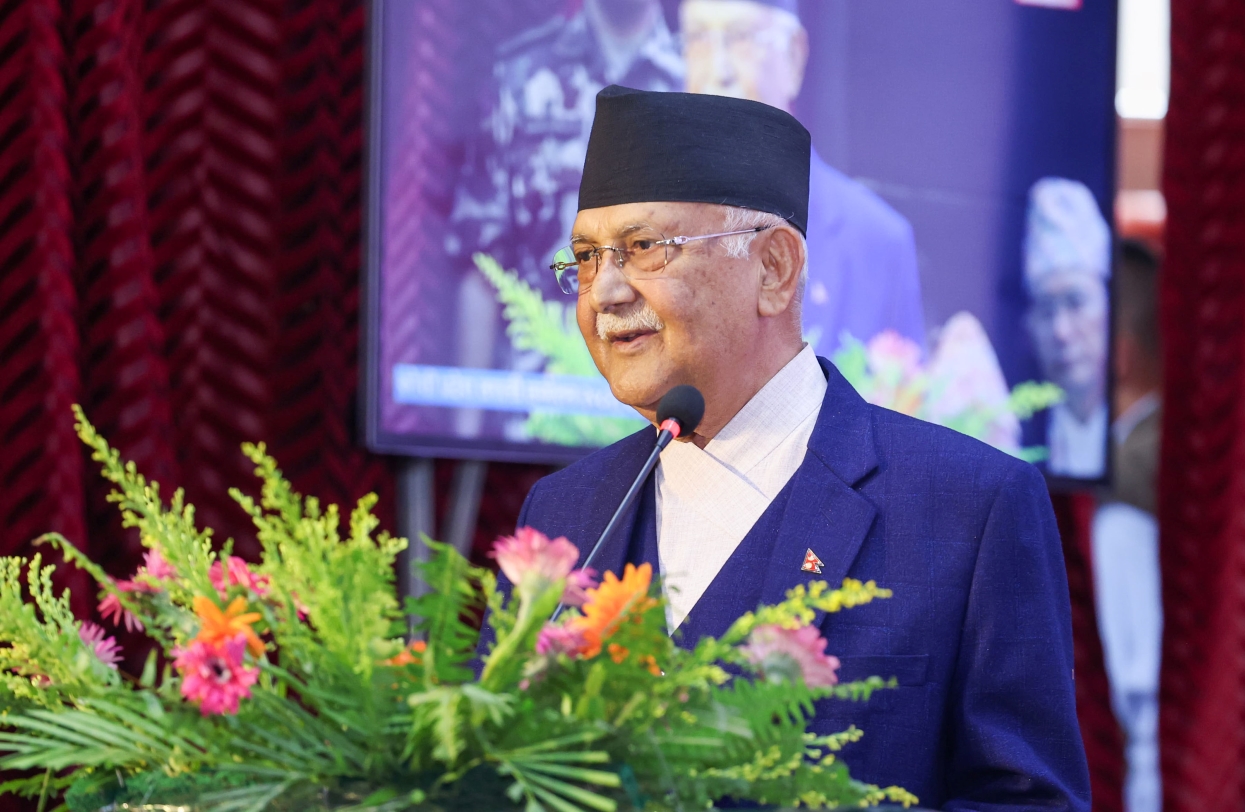Historical palaces in Bajhang in dilapidated condition
Palaces in the district have historical and archaeological significance but most monuments have either been lost or have decayed over time.
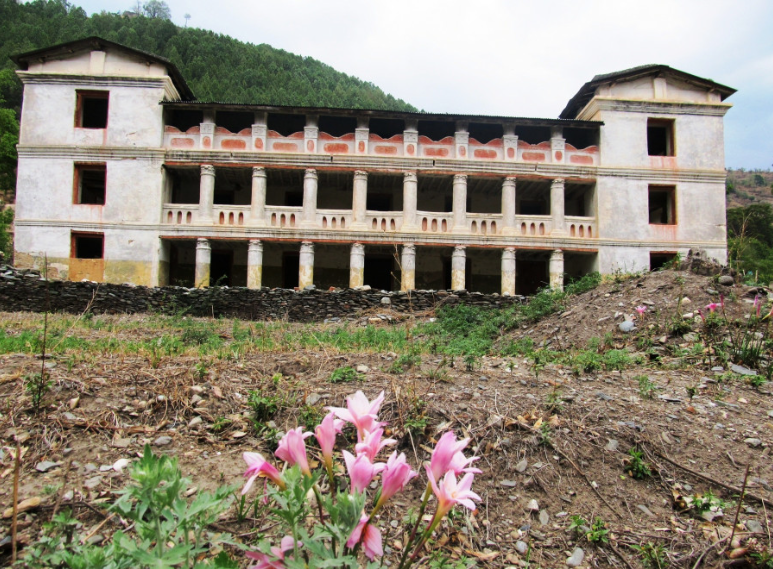
BAJHANG: Several historical palaces in Bajhang are in dilapidated conditions for lack of repair and maintenance.
Byasikot Durbar, which is believed to have been constructed circa 1050 by the then king Shakti Singh, is in a sorry state despite its historical significance and archaeological importance. Some stone inscriptions that carry information about Bajhang and ancient statues that depict the history of the place have been left neglected on the palace’s premises.
The monument lies in Kotdanda of Chhabispathibhera Rural Municipality.
According to the elderly locals, Byasikot Durbar had 25 rooms when it was built. After the 1934 earthquake destroyed the palace, the then king Debijung Singh reconstructed the building with 10 rooms. The palace was later renovated by Shanti Singh, sister of late king Birendra Shah, in 1999. But the Maoist rebels torched the monument the following year and whisked away some statues of historic value.
“Even the doors and windows of Byasikot Durbar are in a state of ruin. The stone inscriptions are not properly preserved. Nobody thinks of preserving this historic palace,” said Indra Bahadur Singh, the caretaker of the palace.
Various inscriptions and historical documents suggest that the Bajhangi kings ruled their state from Byasikot Durbar for around 400 years. Even Jaya Prithvi Bahadur Singh—a humanist, social activist and writer who was recently declared a national hero—ruled the state briefly from the palace.
“The then king Ram Jung Singh set up a land revenue office, prison and court at Byasikot Durbar in circa 1940 and ruled the state,” said Prem Bahadur Singh, a 75-year-old local man. “If we can preserve this monument, we might even be able to promote it as a tourism site. History buffs will be pleased to tour the palace since it carries so much information about the past.”
There are temples of Bhagawati, Brajeshwar, Mahadev, and Masta, among other gods and goddesses, on the premises of Byasikot Durbar. During Dashain and local festivals, the residents organize fairs on the palace premises.
Another neglected monument in the district is the Bhopur Durbar in Jaya Prithvi Municipality. The ceilings of the meeting hall and the bedrooms have collapsed, the veranda is full of holes, walls have been damaged in various places, the woodwork in the structures has started decaying and the roofs of the palace leak. The entire palace is on the verge of collapse.
The then Bajhangi king Debi Jung Bahadur Singh started the construction of the palace in around 1934 and completed its construction within five years.
“Panicked by the great earthquake of 1934, Debi Jung brought some technicians from Kolkata in India and ordered them to build a strong building that could resist earthquakes. The palace has a unique model and construction style,” said Bishnu Bhakta Shastri, a former professor who studied the history of Bajhangi kings.
The king’s relatives sold the palace to the Nepal government some 40 years ago. The palace was used as a Nepal Army barrack for some years but the barrack was shifted to Hemantawada during the Maoist insurgency citing insecurity. The Maoist rebels set the monument on fire in 2003 but the local people prevented the palace from suffering major damages.
A Nepal Army barrack was reinstated in Bhopur after the Comprehensive Peace Agreement was signed in 2006. But the Nepal Army has been staying in another building as Bhopur Durbar is on the verge of collapse.
“Bhopur Durbar will collapse soon if it is not renovated immediately. The wooden fittings have already decayed,” said Lal Bahadur Thapa, an engineer of Jaya Prithvi Municipality.
Another palace adjacent to Bhopur Durbar named Hattisar Durbar is also in a dilapidated condition. Hattisar Durbar was also constructed by Debi Jung Bahadur Singh during the same time period. It is said that the king used Hattisar as the residential palace and Bhopur as his office.
“Hattisar Durbar looks fine from the outside. But its ceilings and walls are about to collapse. It should be renovated at the earliest,” said Gorakh Dhami, a local resident who is a retired government officer.
Similarly, Mellek Durbar built by Jaya Prithvi Bahadur Singh has already turned into ruins due to the lack of maintenance. It is believed that the palace was built around 1890. Satyawati Secondary School constructed its building by encroaching the durbar area. The ruins, like bricks and wood, have not been preserved.
“Mellek Durbar is a very important archaeological site. Historical incidents that occurred during the reign of Jaya Prithvi Bahadur Singh can be understood better if excavation is carried out in the ruins of the palace,” said Shraddha Adhikari, an architect-engineer of the Department of Archaeology.
A team from the department conducted a study on ancient durbars built by the then Bajhangi kings in 2018. The team studied the remaining historical monuments of Jaya Prithvi Nagar Durbar in Mellek; Byasikot Durbar in Chhabis Pathibhera Rural Municipality; and Hattisar Durbar and Bhopur Durbar in Jaya Prithvi Municipality.
“All the durbars of Bajhang have historical and archaeological significance. But most of the monuments have either been lost or have decayed over time,” said Prakash Khadka, an officer at the department. “These durbars need to be preserved.”
-Kathmandu Post



